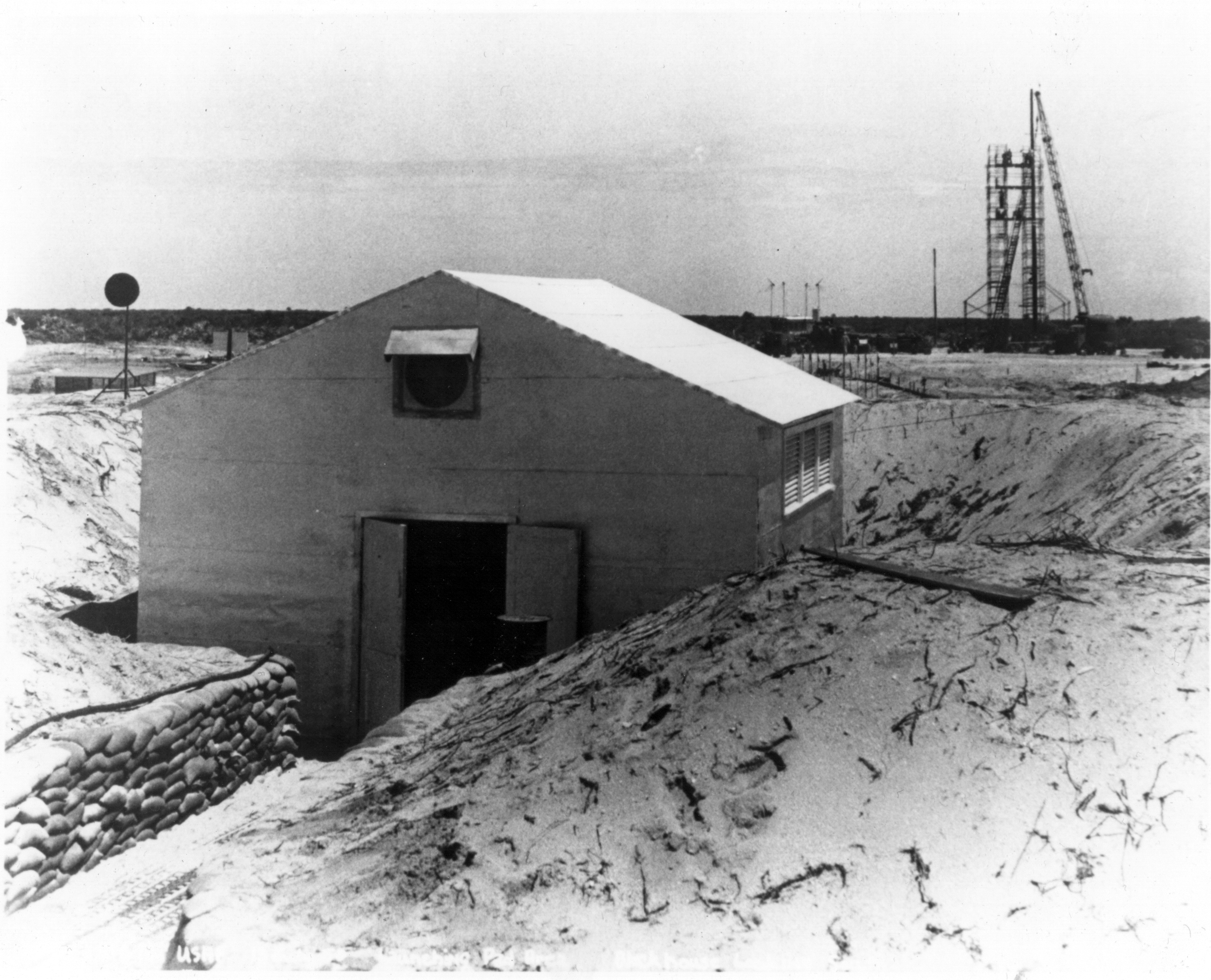http://www.wsmr.army.mil/pao/FactSheets/bump.htm wrote:
<<Prior to July 1946, Colonel H. N. Toftoy suggested the possibility of combining the V-2 rocket and WAC Corporal. This would provide a two-stage rocket capable of reaching heretofore unattainable altitudes and would greatly increase the possibilities of upper atmosphere research. On June 20, 1947, the Bumper Program was inaugurated. Eight of these missiles were assembled during the Bumper Program and the first six were launched at White Sands Proving Ground.
The first Bumper-WAC was fired on May 13, 1948. This was the first large, two-stage rocket to be launched in the Western Hemisphere. This first combination rocket had a short duration, solid propellant motor propelling the second stage and the WAC attained only slightly more speed and altitude than the V-2.
[Bumper 2] was fired on August 19, 1948 and, like Bumper 1, contained only a partial charge. The velocity of the V-2 was about ten percent below normal, but the steering was good. Up to 28 seconds the propulsion system was performing normally, but at 33 seconds the turbine started to overspeed. It reached a peak speed of 4,800 rpm a few tenths of a second later, then decreased in the manner typical of an overspeed trip. This action was attributed to the premature closure of the alcohol preliminary valve in the V-2, due to a failure in the controlling circuit.
.................................................................................................
Bumper 5, fired on February 24, 1949, was the first Bumper to be fired with a fully tanked second stage which allowed 45 seconds burning time. This flight was successful in every phase. Thirty seconds after take-off the V-2 had attained a speed of 3,600 miles per hour and the V-2 and the WAC Corporal separated. The WAC, with its power added to that of the V-2, attained a speed of 5,150 miles per hour and an altitude of approximately 250 miles. This was the greatest velocity and the highest altitude ever reached by a man-made object. The nose cone was instrumented to measure temperatures at extreme altitudes. In addition, the WAC carried telemetry which transmitted to ground stations technical data pertaining to conditions encountered during flight. This was the first time radio equipment had ever operated at such extreme altitudes. Although the missile had been tracked by radar for most of its flight, more than a year passed before the smashed body section was located.
.................................................................................................
Bumper missiles 7 and 8 were shipped from White Sands Proving Ground to Florida by standard Army tractor and flatbed for firing at the Joint Long-Range Proving Ground. Since the V-2 missiles previously shipped to Norfolk, Virginia, had been damaged in transit, modifications were made in the shipping cradle in that the rigid tail support was replaced by a partially inflated truck tire which provided a non-rigid support for the tail. The Army vehicle was driven with extreme care and the missiles arrived in excellent condition.
Bumper 7 was successfully fired on July 29, 1950. Bumper 8 had been fired on July 24, 1950. The experiments to be carried out on these missiles called for a relatively low trajectory, with a separation angle of approximately 20 degrees from horizontal. The General Electric Report on these firings stated:
Bumper shortly after lift off at what is now LC-33 "This trajectory required a relatively rapid turn during the powered flight of the V-2. Both missiles made the turn successfully and the general performance appeared good. A closer examination of the trajectory data showed, however, that the program had been greater than desired. Trajectory data showed the separation angle for Bumper 7 to be approximately 10 degrees and that for Bumper 8 to be about 13 degrees. The fact that the two trajectories showed the same type of discrepancy indicated a systematic rather than a random fault. Since it seemed highly improbable that the pitch device itself would fail in such a fashion as to increase the program, precession of the pitch gyro circuits had been modified to obtain a much larger than normal program, these circuits were among the first investigated. This investigation turned up a "sneak-circuit" which caused the erecting motors of the pitch gyro to be energized after take-off. This in turn caused a procession which operated to increase the program angle. This fault appeared to answer fully the observed discrepancy." Notwithstanding the error in trajectory, Bumper 7 attained a speed of Mach 9, the highest sustained speed that had ever been reached in the Earth's atmosphere.>>
 The First Rocket Launch from Cape Canaveral
The First Rocket Launch from Cape Canaveral

